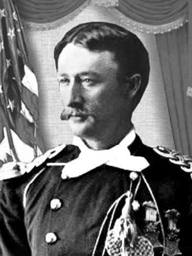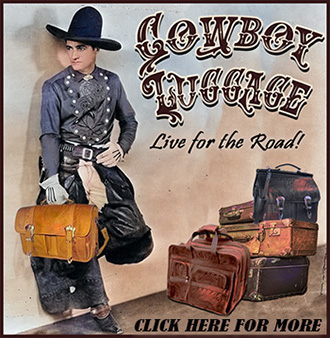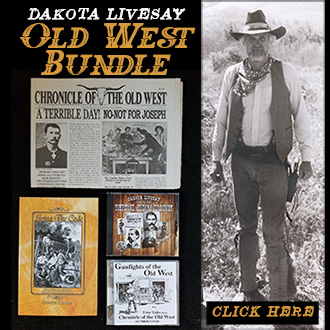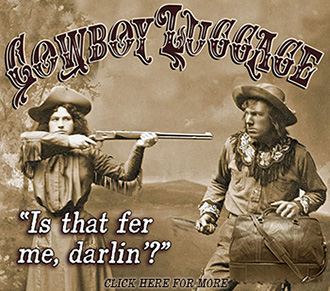It is said of George Armstrong Custer that his officers fell into two categories: Those who hated him and those who were related to him… and five of them were related. This story is about one of those relations… his brother Tom.
Tom Custer was five years younger than George, and he spent his life in the shadow of his older brother. Although he wasn’t as flamboyant as George, Tom was his own man. For instance, unlike his brother, Tom liked his liquor.
spent his life in the shadow of his older brother. Although he wasn’t as flamboyant as George, Tom was his own man. For instance, unlike his brother, Tom liked his liquor.
In 1870, while camped with the Seventh Cavalry near Hays City, Kansas, where at the time Wild Bill Hickok was the marshal; Tom supposedly got drunk, and was chased out of town by Hickok. Tom vowed revenge. A short time later Hickok had a shootout with three troopers from the Seventh. It’s though that Tom Custer had something to do with the affair.
In 1874 Tom led an expedition into the Yellowstone River area and arrested a chief by the name of Rain-in-the-Face. Rain-in-the-Face later escaped, vowing to someday cut out Tom’s heart. Quite possibly Rain-in-the-Face got his wish for Toms body was so mutilated in the Little Big Horn battle that his initials, T. W. C., tattooed on his arm was the means of identification.
Although Tom never got the fame of his older brother, during the Civil War Tom’s exploits resulted in his accomplishing something no other soldier had done before him and few have accomplished since…Tom won two Congressional Medals of Honor…Tom Custer has been compared to Alvin York of World War I and Audie Murphy of World War II.









